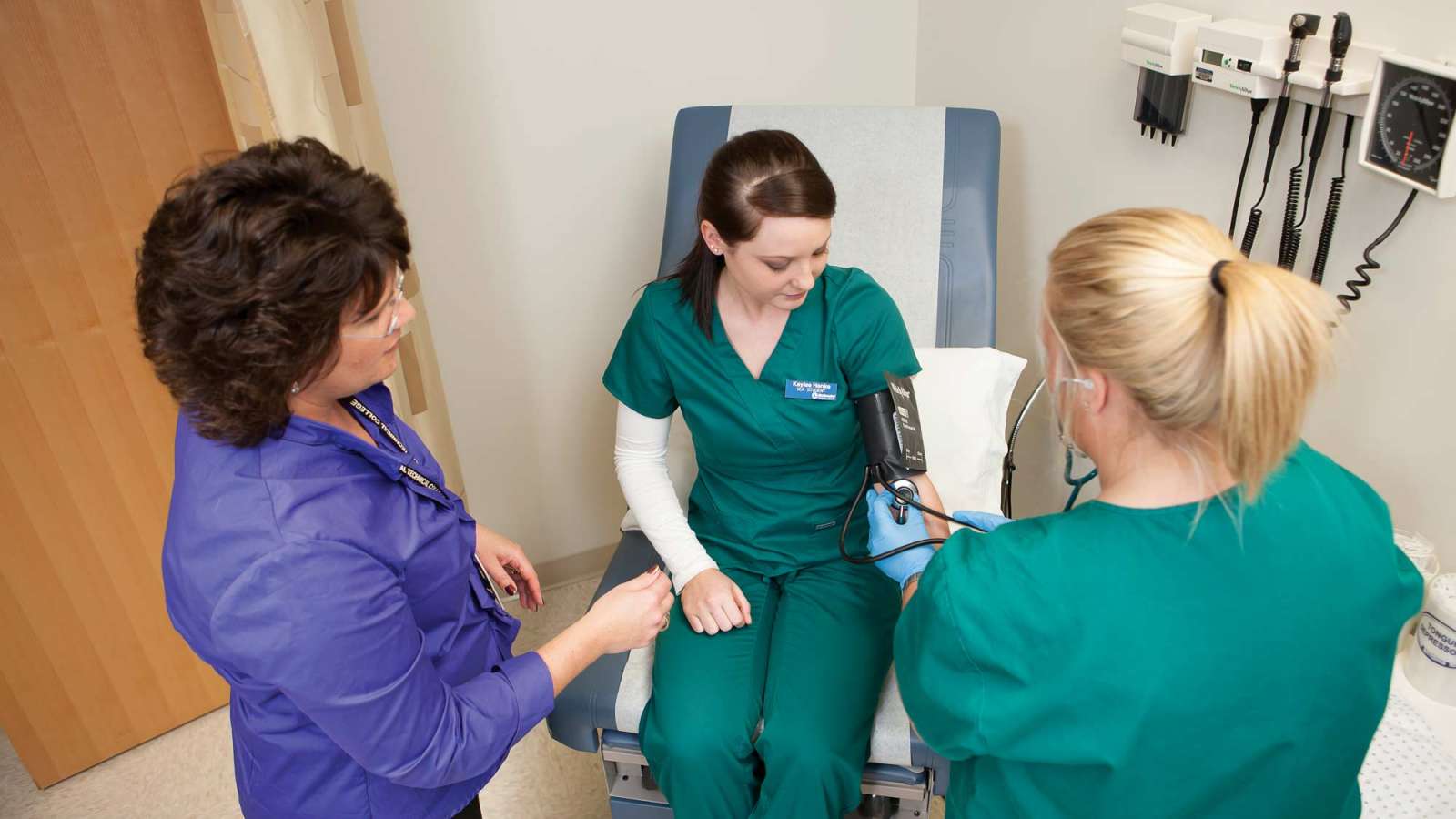Medical Assistant apprentices perform administrative and certain clinical duties under the direction of a physician.
Administrative duties may include scheduling appointments, maintaining medical records, billing, and coding information for insurance purposes. Clinical duties may include taking and recording vital signs and medical histories, preparing patients for examination, drawing blood, and administering medications as directed by physician.
Terms of Apprenticeship
- No less than 2,000 hours on-the-job
- 306 hours of paid related classroom instruction
- Must obtain one of these certification credentials: Certified Clinical Medical
Assistant, Certified Medical Assistant, National Certified Medical Assistant or
Registered Medical Assistant. - Transition-To-Trainer course will be completed in the final year of the
apprenticeship
Minimum Qualifications
Applicant must submit one of the following assessments with their Bureau of Apprenticeship Application:
- High school transcript indicating a cumulative GPA of 2.5 or above. Contact the high school you attended if you do not have a copy of your transcript.
- ACT composite score of 16 or above. Request an ACT College Report from ACT or contact the high school you graduated from if you do not have a copy on hand.
- Accuplacer scores. Score requirements vary by program and version of the Accuplacer test that was taken. For more details, please contact Admissions. If you did not take the Accuplacer at NTC, contact the college at which you took it to obtain a copy of your scores.
- College transcript indicating a cumulative GPA of 2.5 over a minimum of 12 credits, earned at a single college.
2024–25 Curriculum
* The credit for College 101 (10-890-165) is a College Requirement for graduation. Consequently, it is not part of the program requirements, but must be passed with a “C” or better. This requirement is effective for students beginning the program in Spring 2021 and beyond.
Credit for Prior Learning Available
Get Started
To apply for an Apprenticeship, you must be employed by a business or organization that participates in an apprenticeship program and has a completed Department of Workforce Development (DWD) contract. Each employer sets its own requirements for entry into the program. To determine your eligibility and explore available opportunities, contact your employer’s human resources department.
Questions?
If you have questions about this apprenticeship or the application process, please contact our Recruitment team.
